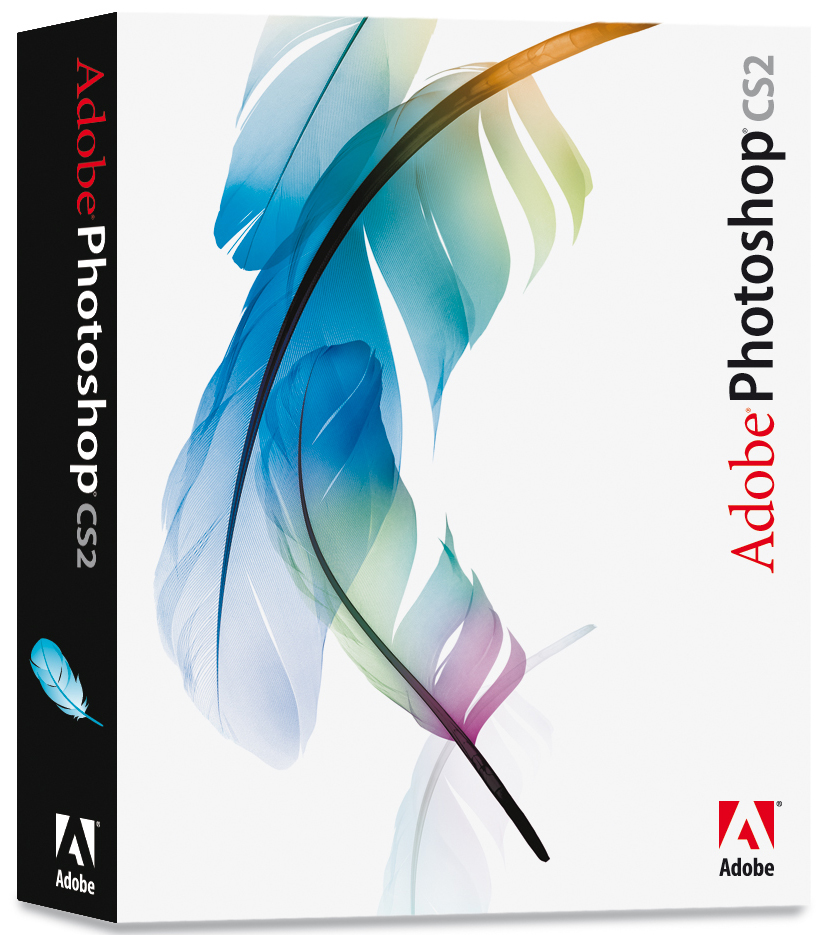

Any icons outside the blue boxes will not be editable outside this template. The ones that are encased in a blue box will be editable in pages that are based on this template.
#ADOBE GOLIVE TEMPLATES CODE#
I also find it useful when working in Dreamweaver to keep the Head Content visible, especially when working with templates:Īs you'll see in figure 2 above, sandwiched between the Code and Design Views is a horizontal area containing a few little icons. This was changed to a side view in the subsequent CS5 version - which works better. In Dreamweaver CS4 the code window appears at the top of the working window. The fact that you don't have to constantly flick between modes (like in Adobe GoLive) saves a great deal of time. If you select a word in the Design View you'll see it highlighted in the Code View - and vice versa. This view enables you to simultaneously view the Code as well as the rendered Design View. The most useful working view in Dreamweaver is the 'Split' View, accessed by clicking the 'Split' button in the top left of the working document window ( figure 2). This is automatically added and means (no prizes for guessing) (d)ream(w)eaver (t)emplate.


I’m going to name my page ‘ using-dreamweaver-template.dwt’. and a new folder called Templates will be automatically created within your local website directory. The contents of the middle column will change, offering new options based on your selection.Ĭhoose HTML template from the middle and from the right column. In the left column select Blank Template. and a New Document dialogue box will open. Create your TemplateĬreating your template page is very straightforward. The content of these regions can be edited on pages using the template as a master page - so your menus, headers etc remain unalterable, whilst the actual content of the page can be chopped and changed. In Dreamweaver you can define ‘Editable Regions’ within a template. You have more control over a Dreamweaver Template page. These common elements can’t be altered accidentally (or otherwise) on linked pages - just like master pages in InDesign. Every page linked to it will be automatically updated whenever changes are made to the template. So if a page number needs to be moved 1mm to the left in a 120 page brochure, it only has to be moved on the master page - and all 60 instances in the main document will move automatically.Ī Dreamweaver Template works in a very similar way. Any changes made to the master page are reflected on every page linked to it - obviously saving a lot of donkey work. Any elements placed on the master page appear on every page linked to that master throughout the document. The template file is essentially an HTML page which contains elements common to the entire website.įor the graphic designers amongst you, a template page is much like a ‘Master Page’ found in Quark XPress or InDesign. Now we have a Dreamweaver Site set up, it’s time to create a template page. Creating a Template in Dreamweaver Create a master template page for common elements
#ADOBE GOLIVE TEMPLATES HOW TO#
How to create a template document in Dreamweaver - and the best way to view it to make workflow more efficient.


 0 kommentar(er)
0 kommentar(er)
